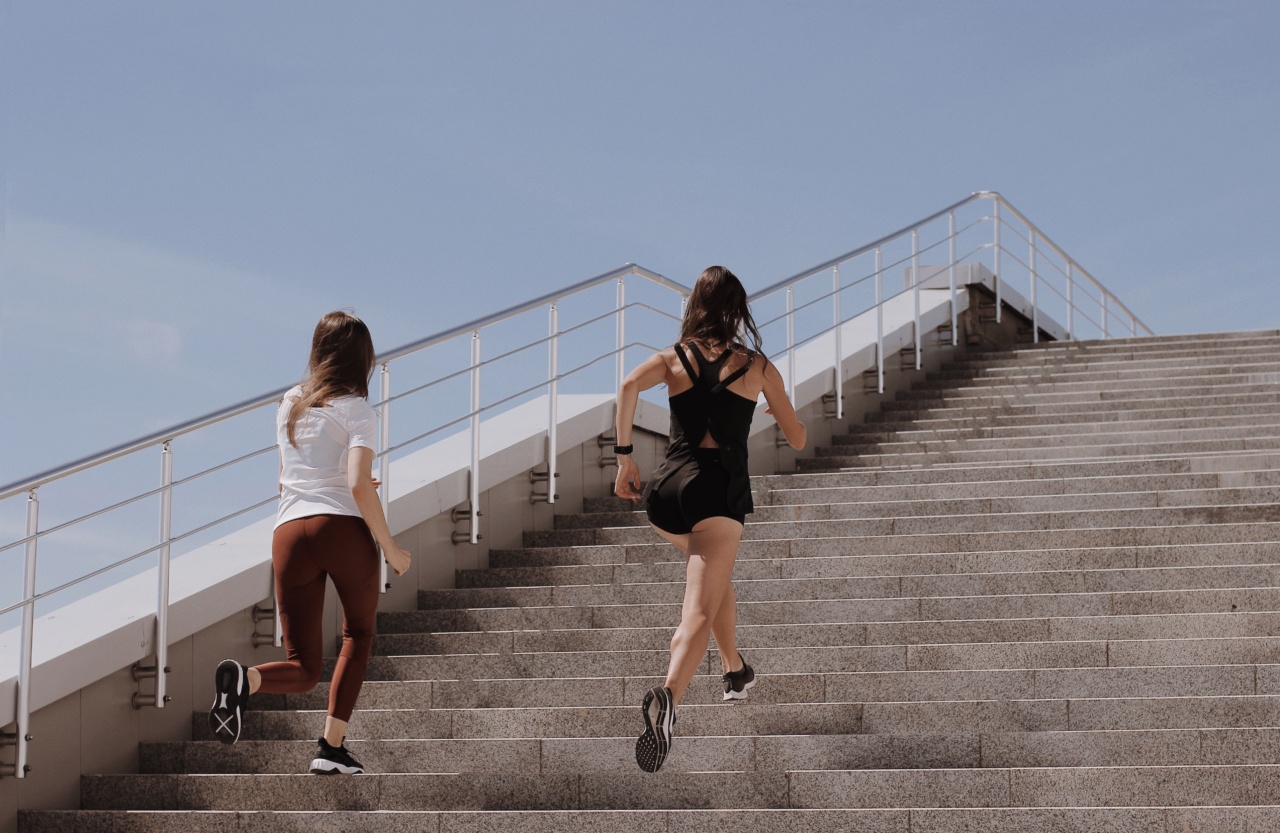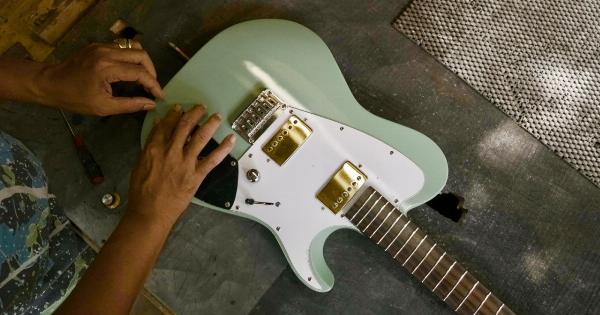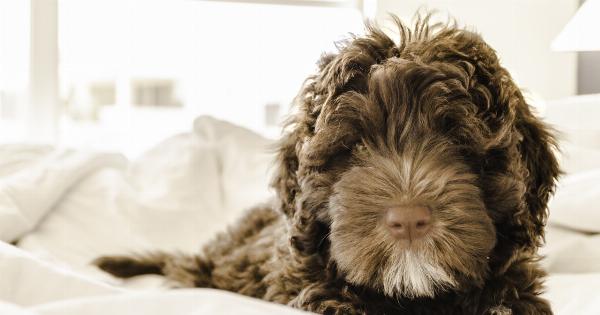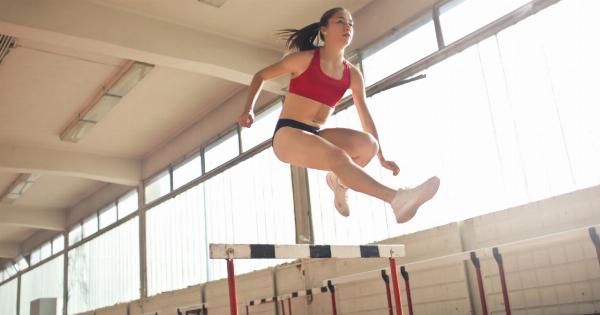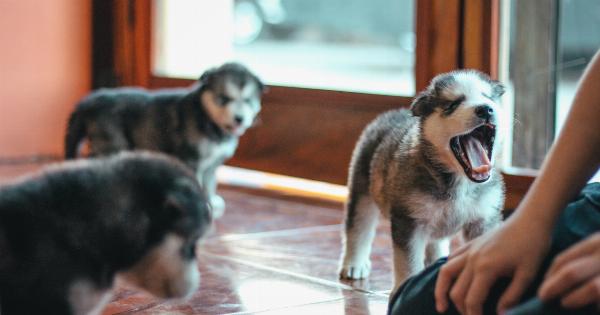Potty training a puppy is an important step in teaching them how to behave in the home. It can be frustrating at times, but taking the time to properly train your puppy will make a huge difference in their behavior.
In this article, we will go over the three most important potty training steps for your puppy to ensure success.
Step 1: Establish a Routine
The first step in potty training your puppy is to establish a routine. This means feeding your puppy at the same time every day, taking them out to potty at the same times throughout the day, and putting them to bed at the same time every night.
By establishing a routine, your puppy will know when it is time to eat, play, and potty, which will greatly reduce accidents in the home.
It is important to take your puppy out to potty first thing in the morning and before bed at night. Puppies also need to go potty after eating, drinking, and playing.
When you take your puppy outside to potty, choose a specific spot and use a command such as “go potty” to encourage them to go. When your puppy successfully goes potty outside, be sure to praise and reward them to reinforce the behavior.
Step 2: Use Crate Training
Crate training is an effective way to potty train your puppy. Dogs naturally do not like to soil their living area, so using a crate can help teach them to hold their bladder and wait until they are outside to go potty.
When using a crate, make sure it is the appropriate size for your puppy and always leave the door open to allow your puppy to come and go as they please.
To use crate training for potty training, take your puppy outside to potty before putting them in the crate. After a designated amount of time, take your puppy outside to potty again.
If your puppy successfully goes potty outside, give them praise and a reward before putting them back in the crate. If your puppy does not go potty outside, repeat the process until they do.
Step 3: Be Consistent
The key to successful potty training is consistency. Make sure everyone in the home is on the same page and following the same routine.
This includes feeding your puppy at the same time every day, taking them out to potty at the same times, and using the same command when encouraging them to go potty. Consistency will help your puppy learn faster and reduce accidents in the home.
If your puppy does have an accident in the home, do not punish them. Instead, clean up the mess and take your puppy outside to finish going potty. Punishing your puppy will only confuse them and make potty training more difficult.
Conclusion
Potty training your puppy takes time and patience, but the end result is a well-behaved and happy furry friend.
By establishing a routine, using crate training, and being consistent, you can successfully potty train your puppy and enjoy a clean and accident-free home.
